
by Jean Marie Carey | 13 Sep 2018 | Animals, Animals in Art, Art History, Contemporary Art, Expressionismus, German Expressionism / Modernism, Michelangelost©, Stuff Found in Library Books
Art History at the Library
I was very happy to have the grant renewed and be invited back to the SouthShore Regional Public Library for another series of “Art History at the Library” discussions.
The library had in mind a series that was a little more intensive than “art appreciation”-cruise ship type talks. I did try out some kind of conceptual themes last time, but I also was able to implement my tech whirligigs and to do something I had wanted to do for a long time, have the audience be able to drive a lot of the content. I experimented with this just by stopping often to ask if people had questions or comments, and to my delight they did.
I try to memorise what I’m going to talk about so it’s possible to both extemporise as desired by the patrons’ concerns and also not get thrown off track.
Anyway the schedule for the fall is below. Thank you again to the Hillsborough Public Library Cooperative for supporting this project.
15 September: “Special Guest Appearances: Art in Movies and on Television.” Participants are invited to think of their own favorite examples to discuss and share. This talk will examine the appearance of artworks and references to famous works of art in popular movies and television programs, including Vikings, Bojack Horseman, The Young Pope, Skyfall, and more. We’ll also discuss films that are about artists and art. I am especially excited to be able to talk about some of the painterly images from The Young Pope, which so centre the body. I know a lot of people hated this show, but I liked how it looked, and found director Paolo Sorrentino and cinematographer Luca Bigazzi neomodernist visual world were stunning but also very ambiguous about the questions of faith and the supernatural raised by the narrative.
20 October: “The Body in the Book: Beauty and Suffering in Illuminated Manuscripts.”The session will be about the process of making illuminated manuscripts and scrolls including well-known examples such as the Book of Kells and the Grimani Breviary as well as less-familiar secular texts.
17 November: “What’s the Difference Between Arts and Crafts? Fashion, Textiles, and Design.” Rather than trying to come up with a definitive answer to this question, we will discuss how aesthetic hierarchies come to be. Which tdo we prize more, purely aesthetic innovation, of the form of utilitarian objects, and why? Participants are invited to share examples of their own works and of course their opinions!
15 December: “A Celebration of Animals in Art.” This discussion will cover artwork that recognizes the power of animal life, from the cave paintings of Chauvet and Alta to Tanja Thorjussen’s endangered Arctic wildlife and everything in between.
Franz Marc’s Blaues Pferd I (1911) in Bojack Horseman, above, and shots from The Young Pope (2016) below.
The only social media I participate in; this feed is mostly about art history and animals.
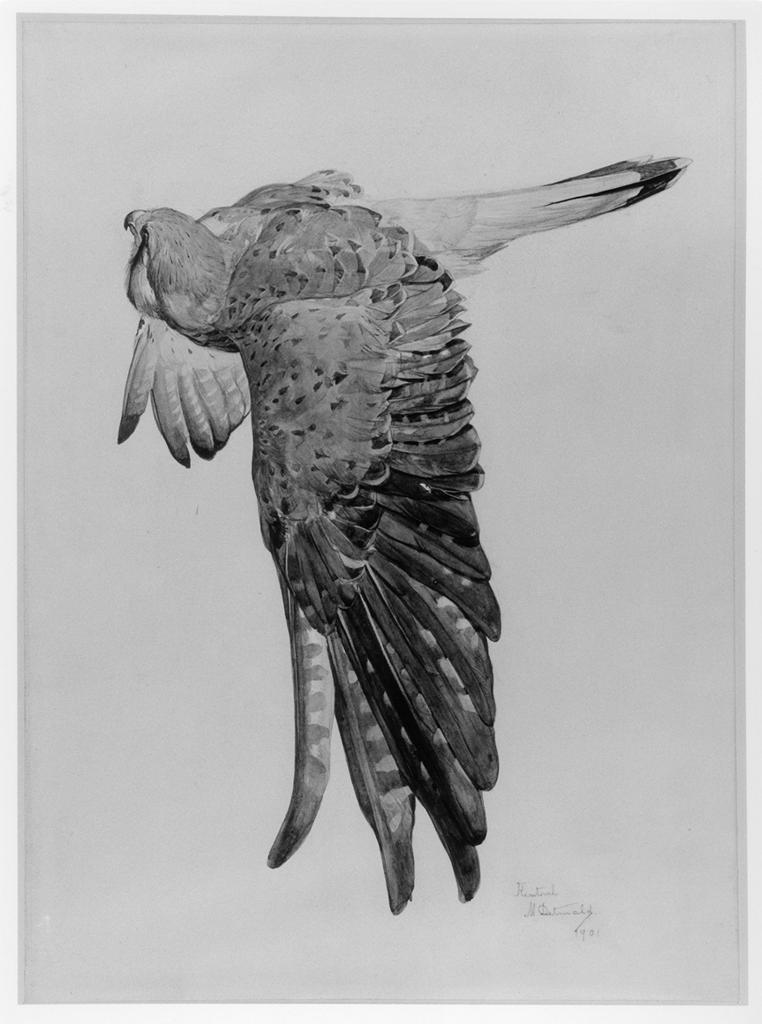
by Jean Marie Carey | 12 Jul 2018 | Animals, Animals in Art, Art History, Michelangelost©, Stuff Found in Library Books

Charles Maurice Detmold (1883-1908), Kestrel in flight, 1901. Watercolour. British Museum. Dept. of Prints and Drawings.
We, as mere humans, cannot see and feel as birds do as they navigate their habitats. Birds have immediate needs that relate directly to food availability, energy, water, and temperature, social contact, reproduction, predator detection, and shelter that are more complex than the features we perceive on their behalf as “nature.” Nevertheless, it is urgent for us to understand what bird species need from their surroundings as human intrusion, habitat loss, and climate change conspire to accelerate our need to make the best use of those habitats we can manage for the remaining populations of birds who survive. This is part of what makes Birds: The Art of Ornithology by Jonathan Elphick such a vital contribution to our historical knowledge.
A recent zoological conference in London featured a game of “Animal Studies Tic-Tac-Toe,” in which “David Attenborough” occupied a central square. Though the game was in jest, it is certainly true – and tellingly so that this is often the case even for those whose profession ostensibly involves the fauna of the wilderness – that for most people, the experience of nature is mediated by films such as those in the Life and Planet Earth series, augmented by precision editing, emotional cue music, and witty commentary.
Though not the overt intention of Birds: The Art of Ornithology, this book is a powerful reminder that connecting meaningfully with nature requires leaving the house, and that this experience is both transcendent and daunting. Birdwatching especially demands patience, silence, and solitude. Elphick conveys this foregrounding with subtlety, and describes the conditions faced by naturalists in the time before photography and video, who, tasked often only by their own passion – what John James Audubon characterized as “…nothing was left to me but my humble talents” – set out not only to observe birds but to record their activities and document their environments.
(more…)
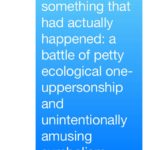
by Jean Marie Carey | 12 Oct 2013 | Art History, German Expressionism / Modernism, LÖL, Re-Enactments© and MashUps, Stuff Found in Library Books
The Blue Flask: A Story Told in Text Message
Pt. 1
A few nights ago, I had a dream in which one of the key objects later appeared in physical form during the day. I thought this was a bit unusual, in that the object, while quotidian, is not something you would see every day, let alone find on the street…
The object is this: a blue thermos type aluminum flask. The dream was actually a fragment of memory about something that had actually happened: a battle of petty ecological one-uppersonship and unintentionally amusing symbolism. Seeking to appear both more recycly than thou and also make a statement of personal taste, this guy had dispensed with plastic water bottles for a flask that looked exactly like the one in the picture, except I am sure minus the millions of microbes. The guy’s sort of but not really rival, a female, at the first opportunity produced her own personal power statement water bottle, ornately patterned in some sort of pink, green, and brown-over aluminum paisley. Also, this bottle was significantly larger.
Because I was in fourth grade (not really it was only a few years ago), and had a clear line of sight to the bottle duel, I poorly concealed some giggling. Observing this my friend across the room looked at me questioningly, whereupon I silently pointed out the comparison. My friend also began quietly laughing, and later, in another location, we both laughed quite a bit.
This was a tiny episode in a sprawling “big fish”-type saga, and I have not thought about it in some time, until this week when someone brought to my attention the names of both bottle-owning individuals, reunited for a charity affair, a telethon to benefit the humorless…J/K those last two phrases.
Pt. 2
The dream about the bottle was very fleeting, and it was about the incident, and then I dreamed about other unrelated stuff. But when I woke up I could see those bottles through my lashes before I quite opened my eyes. IKR! But it was a dream.
Pt. 3
Later the day of the morning/night of the dream, I went to the Bayerische StaatsBibliothek. This is not unusual, I go there almost every day. What is unusual is to see a blue aluminum water bottle wedged into the space between a windowsill and a window on the second floor in a rarely used reading room (and in fact by a window that is rarely opened since it is always winter). Instead of fleeing in distress I leaned out over the parapet and window frame and fished the bottle in with the help of my scarf. I brought it home and I still have it, figuring that like in The Grudge there is no point in getting rid of it since it has already located me. Even though I can drink as much Löwenbrau Triumphator as anyone in my adopted kingdom I don’t like to carry glass bottles around because I am afraid they will break when I inevitably drop them, so maybe I will use this flask to transport beer during Wies’n – the most fun it will ever have in all of its lives.
The Blue Flask: Postscript
The blue flask/dream incident last week was one of a series of very strange things that have happened to me this year, so though it was “haunting,” I didn’t freak out. While I was in the library, I remembered suddenly that I wanted to check out The Author of Himself, the autobiography of Marcel Reich-Ranicki. I got the book and have been reading it instead of packing. On Friday it was reported that Ranicki had died after a long illness.

by Jean Marie Carey | 13 Sep 2013 | Animals in Art, Franz Marc, Stuff Found in Library Books
When I was little I was lucky to find my way very young to The Black Stallion books by Walter Farley. I read every single book (they appeared every other year or so from 1941 to 1983; the original book was made by  into a stunning film of the same name) many times and like the Jim Kjelgaard dog books (Snow Dog, Big Red) I still read them once in a while. As a child I had Breyer horses and Barkies dogs and the scale of the models was compatible enough that I created an early kind of fan fiction diorama series in which the dogs from the Kjelgaard books met the horses from the Farley books.
into a stunning film of the same name) many times and like the Jim Kjelgaard dog books (Snow Dog, Big Red) I still read them once in a while. As a child I had Breyer horses and Barkies dogs and the scale of the models was compatible enough that I created an early kind of fan fiction diorama series in which the dogs from the Kjelgaard books met the horses from the Farley books.
Of the horses, I actually preferred The Island Stallion, Flame, and Black Minx, the Black’s (Shêtân) daughter. Also some of the “supporting” horse characters, particularly Wintertime and Sunraider. Of course Eclipse and the Piebald were fantastic villains. Unlike Kjelgaard, who told his stories from the perspective of the animals alone, Farley mixed the narratives voices between humans and horses mostly to good effect. Generally both these series of books are underrated and understudied; they are every bit as elegant and meaningful as Call of the Wild without the violence and free from the burden of having to explain the stereotypes of the time; so they remain free for children to enjoy today.
I was thinking about the Black Minx on and off for the past few weeks and even had a dream about the race with Eclipse that is the set piece of The Black Stallion’s Courage.
The Black Minx and Eclipse… Black Minx is the one horse whose speed potential we never really learn. Only “the boy”, Alec Ramsay, can inspire obedience in the headstrong filly. She was a poky frontrunner…she would get out in front of the other horses in every race, put lengths and lengths of distance between herself and the pack, and then…begin daydreaming until she wandered across the finish, albeit still the winner. She is also a bit romantic in other ways, falling in love with her colt rival Wintertime (who like Flame is a solid chestnut) and always wanting to play around with the other horses and guide ponies. Alec decides to “make” Black Minx more competitive by running her with Eclipse (who is dark bay), the wonder colt she bests in the Kentucky Derby but who rapidly thereafter matures into both a magnificent athlete and a terror, speedier (for a spell) even than the Black and cruel, toying with and breaking the spirits of his rivals.
But this plan backfires. The Black Minx bitterly resents having her dedication tested and the forced competition with Eclipse, whom she loathes. She never trusts Alec again. Moreover in these trials she is faster; Black Minx knows all along that even though Eclipse is very fast, she is too far ahead – all she has to do is hold her lead, which she does. Eclipse is bitter about Black Minx’s ease. Finally, in the Belmont Stakes, when all the horses (except the Black) race, Black Minx protests. Wintertime can’t keep the pace Black Minx and Eclipse set, so Black Minx simply slows down and keeps pace with Wintertime. Eclipse surges across the finish line breaking a track and world record. But as Alec races to Black Minx to make sure everything is OK, Eclipse realizes that Alec loved her best no matter what, win or lose. So for Alec and Eclipse, this is a sad story in terms of people-horse relations. For Black Minx, following her refusal to compete, she is retired, as is Wintertime, and they spend the rest of their days together. (In the very last books of the series, Wintertime and Black Minx have a daughter who is also unruly, Black Pepper.)
Tim Farley, Walter Farley’s son, maintains a Black Stallion Website that has a very fun forum, a lot of beautiful images of horses, naturally, stills and clips from the movies, and a real treasure – the vintage covers from the first editions of each of the books.
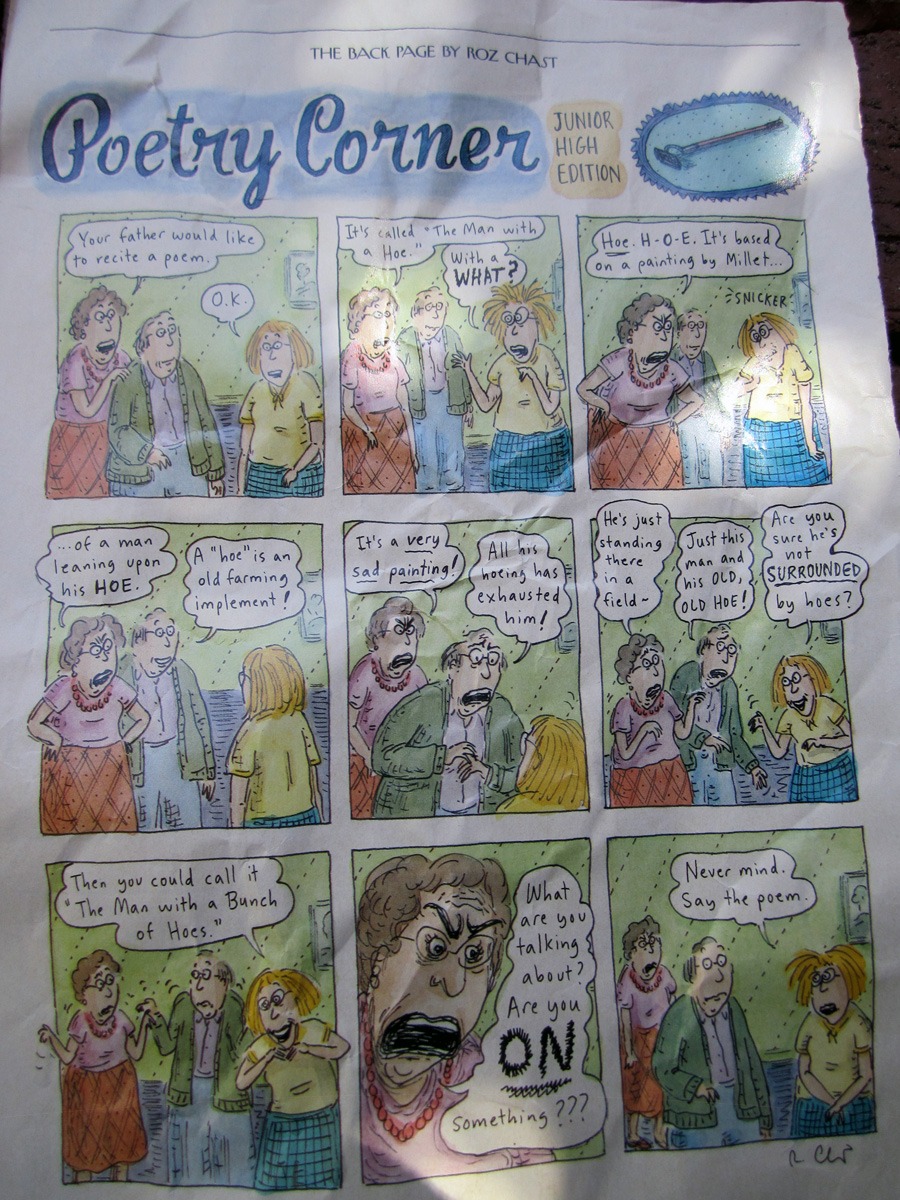
by Jean Marie Carey | 16 Mar 2013 | Re-Enactments© and MashUps, Stuff Found in Library Books
When I was packing up some “important papers,” I found amid them this Roz Chast cartoon I had ripped from The New Yorker (undoubtedly belonging to someone else) in 2004. I remember I could not stop laughing when I saw this cartoon the first time and it always makes me laugh whenever I run across it in moving stuff around, which is why I have kept it so long. It made me faintly faint-y when it surprised me this time, but then when I reread it I still thought it was too funny.

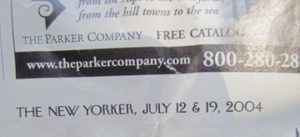
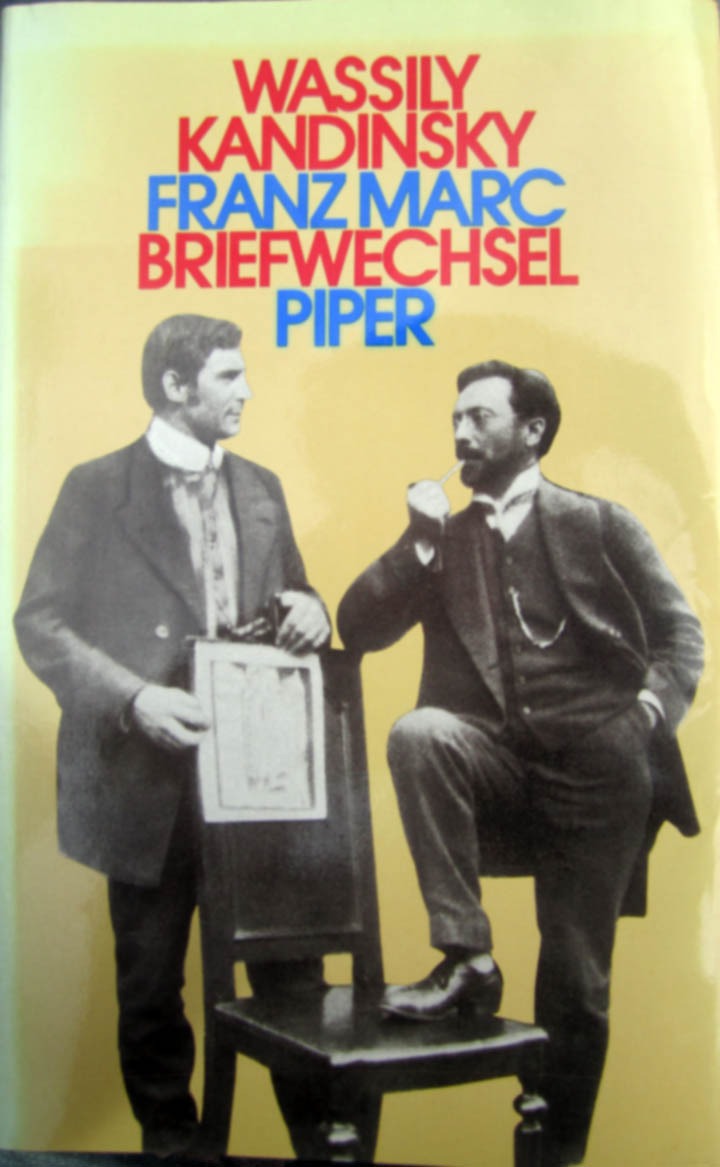
by Jean Marie Carey | 6 Dec 2012 | Animals in Art, Art History, Franz Marc, German Expressionism / Modernism, Italian Greyhounds, Stuff Found in Library Books

 Wassily Kandinsky, Franz Marc, Briefwechsel : mit Briefen von und an Gabriele Münter und Maria Marc
Wassily Kandinsky, Franz Marc, Briefwechsel : mit Briefen von und an Gabriele Münter und Maria Marc
…After several years of seeking this book and not being able to find it, or finding it and having it be a million Euros or something, I was surprised to locate it in a German used bookstore’s inventory and not too crazily dear. It came in a package from Frankfurt am Main with probably the most Luftpost and other sticker adornments ever in the history of mail. I liked the wrapping so much that I just left the book in it for like a month and kept admiring it. Finally I actually needed to look something up and I had this week to open it. I was beyond thrilled to see that it had a dust jacket with fantastic 1980s typography and an X-acto bladed cutout of the “Show Him the Picture!” photo. The pages aren’t highlighted or written in, but they are pretty beat up and smell like bourbon and tobacco; I am always happy to find someone has really been reading a book hard.
I have been reading, listening to Bayern 2, and conversing with my two patient friends auf Deutsch a bit more diligently and was very pleased to be able to just sit down and read the book without too much difficulty, a far different experience from when first I met it. There are a lot more references to August Macke than I remember, and to AM’s influence…FM was always agitating on AM’s behalf.
I see from looking in Worldcat that this is something of a rare book (rarer now that the Little Mermaid dragged the USF copy to the bottom of the ocean or something – way to stay classy). I wonder why Piper never issued another edition, because in addition to the text of the letters there are extensive notations about the context of the references in the letters, and, very helpfully, descriptions of what was on the obverses of the postcards FM sent that he didn’t make himself. Between the paint, the content, and the terrible writing and incomplete addresses, FM was a real terror to the kingdom’s postal service – they regularly sent his stuff back or just handed it back and refused to deal with it – and they must have been relieved to see just normal “art” postcards such as people send today.


The other text I came across when I was organizing some shelves of books was this: The Decipherment of Linear B. I have always been very fascinated with cuneiform and with the work of Michael Ventris. The author, John Chadwick, was a friend and colleague of Ventris and though this is a very staid account of the process of identification and transcription of the cuneiform characters as both compared with Phoenician and Egyptian and deductively derived, Chadwick mentions Ventris’ untimely death in the introduction. I snatched this book from the trash and am very glad to have it now.



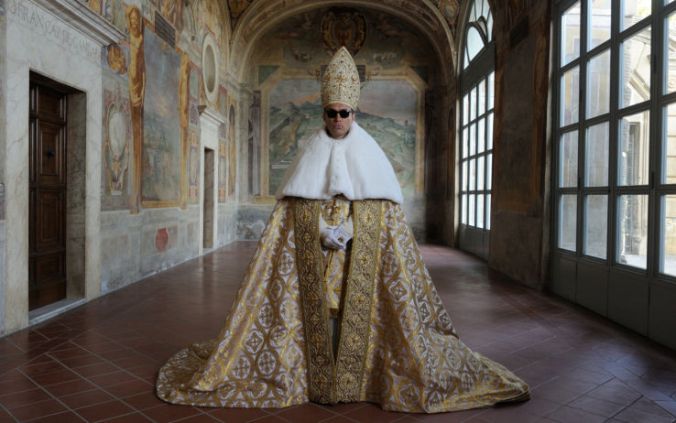
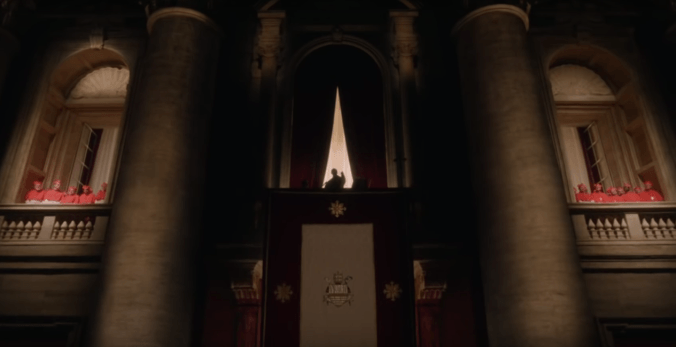










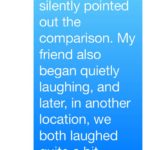
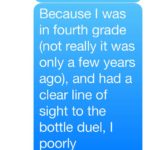


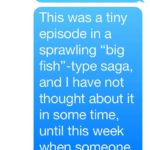
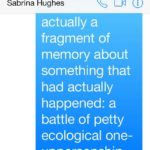






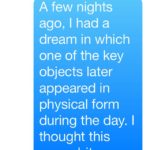




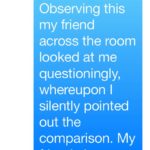







 RSS - Posts
RSS - Posts